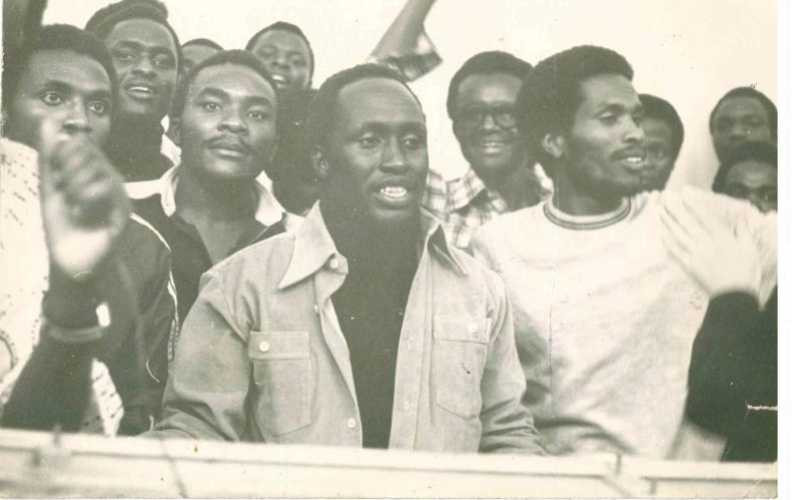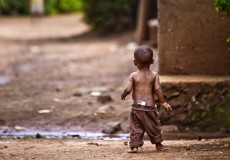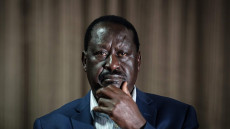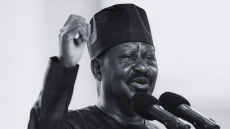- Mwakenya echoes far beyond the exam room, deeply intertwined with Kenya's political history.
- Originating in the era of President Daniel Moi, the Mwakenya Movement emerged in the 1980s as a bold underground force advocating for multi-party democracy.
Mwakenya: Beyond The Exam Room Into Kenya's Political Subject
21 Jul, 2025 03:30 PM

Mwakenya is a word widely popular in the exam room. Even so, it is more infamous than it is popular since it is linked to an examination malpractice where the examinee is found referring from a written material outside of the permitted exam requirements. This forbidden material defies the very essence of a fair test.
However, “Mwakenya” echoes far beyond the exam room, deeply intertwined with Kenya's political history. Originating in the era of President Daniel Moi, the Mwakenya Movement emerged in the 1980s as a bold underground force advocating for multi-party democracy.
As Mzee Moi's reign unfolded, famed politicians and university lecturers levelled accusations of corruption and nepotism against him. The failed coup attempt in 1982 only fuelled his resolve, cementing Kenya's transformation into a de jure one-party state —a stark shift from the de facto one-party supremacy that had gripped the nation since 1969.
This move by President Moi was met with widespread opposition, making academic spaces hotbeds for political activities. These members advocated for the repeal of the de jure single-party state amendment through their Pambana publication. Originally known as the December Twelve Movement (DTM), the group swiftly rebranded itself as the Mwakenya Movement, in a clever tactic to evade the government's relentless crackdown and shift the spotlight away from their growing influence.
Bridging the gap between time, Kenya can uncover striking similarities and differences between the Mwakenya era and today's political landscape.
Former political detainee Dr. Oduor Ong’wen draws a powerful parallel, highlighting the widespread dissent that defined the Mwakenya era. Today, this echoes in the adamant public outcry against President Ruto’s administration, a clamour so intense it has captured global attention.
In the same breath, Dr Oduor has branded the government’s response to the widespread opposition as matching outfits, noting that the state opted to silence dissenters using force rather than meeting on common ground to address the legitimate issues they were raising.
He has additionally touched on extrajudicial killings, saying, “When Nyayo House was built, there were chambers in the basement specifically designed for torture of dissidents. People died in those chambers like Wallace Gicheru, and Baraka Karanja.”
Dr. Oduor has further highlighted plain contrasts from the past, noting the now-defunct laws that once permitted the state to detain individuals without trial or charge of sedition. He has, however, expressed misplaced faith, opining, “I don’t know if it’s a good thing or a bad thing because now instead of detaining you, they eliminate you.”











